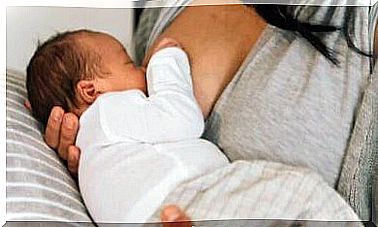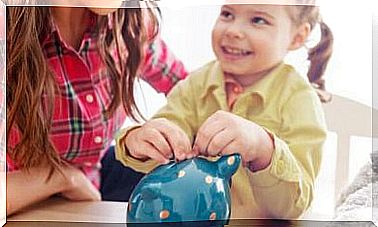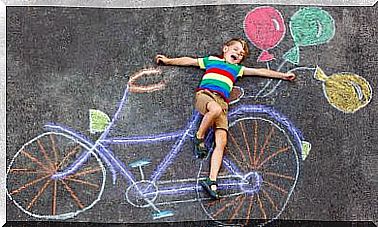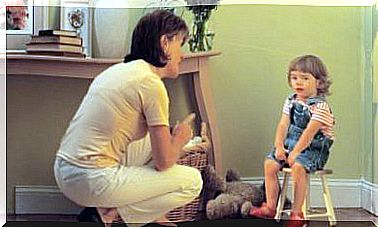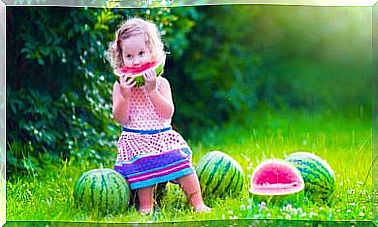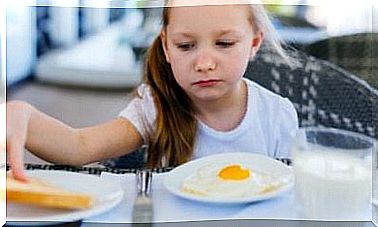Baby-led Weaning: Do You Know The Technique?
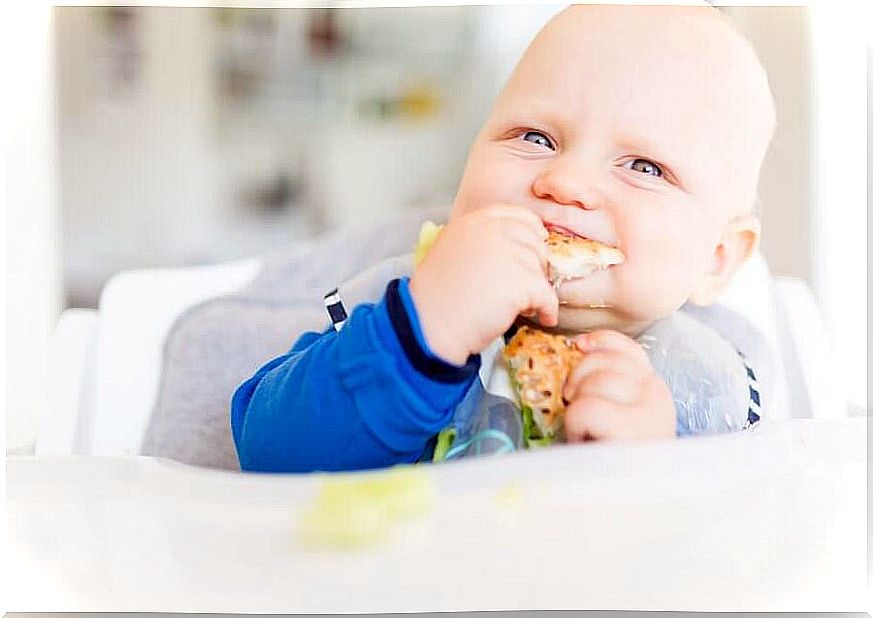
Feeding our children will always be a theme put on the scene. Many techniques and methods have emerged over the years. A very popular one is baby-led weaning.
With its acronym in English BLW, baby-led weaning is a complementary feeding technique in which solid foods are incorporated into the infant ‘s diet. It was conceived by American nutritionist Gill Rapley, who shared her ideas in a book .
It can be translated as “complementary self-regulated feeding”. With this technique, the feeding phase with purees and baby food is omitted. Until the child reaches one year of age, it is primarily a method of teaching and not feeding.
Through BLW, new textures, smells, colors and flavors of foods are introduced to the child without taking away the nutrients of breastfeeding. This means that the baby will have the freedom to feed, in addition to exploring the food through his senses.
By being able to eat with his hands, he will develop hand-eye coordination and chewing. Plus, you’ll know what he likes and doesn’t like. This food learning process begins after 6 months of age. Before this period, WHO recommends exclusively breastfeeding.
When and how to apply baby-led weaning?
To start with this technique, the following assumptions should be taken into account:
- The baby must be 6 months or older and completely healthy.
- He should be able to sit up and stay in this position unaided.
- Must be interested in solid food.
- You must know how to hold food in your mouth without spitting.
If the little one has these skills, he will be ready to start baby-led weaning. In doing so, it is advisable to include the baby at the table when eating as a family. In this way, he will learn early by imitation, observing his parents and family.
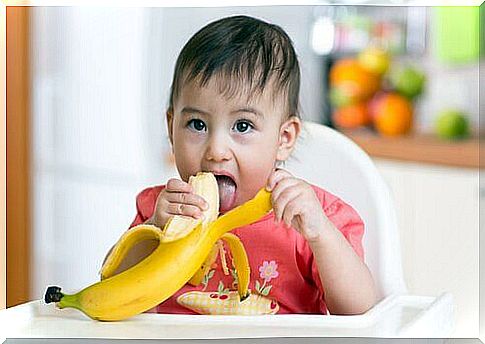
You don’t have to worry about the disasters it can cause. The important thing is that you learn to eat in the most natural way.
On the other hand, make sure he has a stable posture and that his arms and hands have enough room to freely use them to eat. The baby should sit upright in front of a table, whether in the baby chair, on your lap, or in a special place to make him comfortable.
Finally, don’t give him the food. Offer it so that he can decide. Put it in front and let him pick it up on its own.
How to start baby-led weaning?
You should start with food that he can easily pick up. Cut them into strips and gradually add new shapes. Offer soft food in large chunks that he can suck or chew. The pieces can also be crushed, so the little ones can pick up a handful of them.
It is important to offer one food at a time, in order to observe possible allergic reactions and, from there, know your little one’s metabolism. Only they know how much they want and when they will be satisfied, so there should be no worries about servings.
Again, it is worth mentioning that you should not stop giving milk, as milk is the main source of nutrients until the first year. When the child no longer wants to eat complementary foods, breastfeeding will provide the necessary nutrients for the baby to feel full.
Remember, it’s a fun time for them. At first, they eat very little, just play and try new flavors. Although iron deficiency is not common, it is also recommended to give foods rich in this nutrient as a precaution.
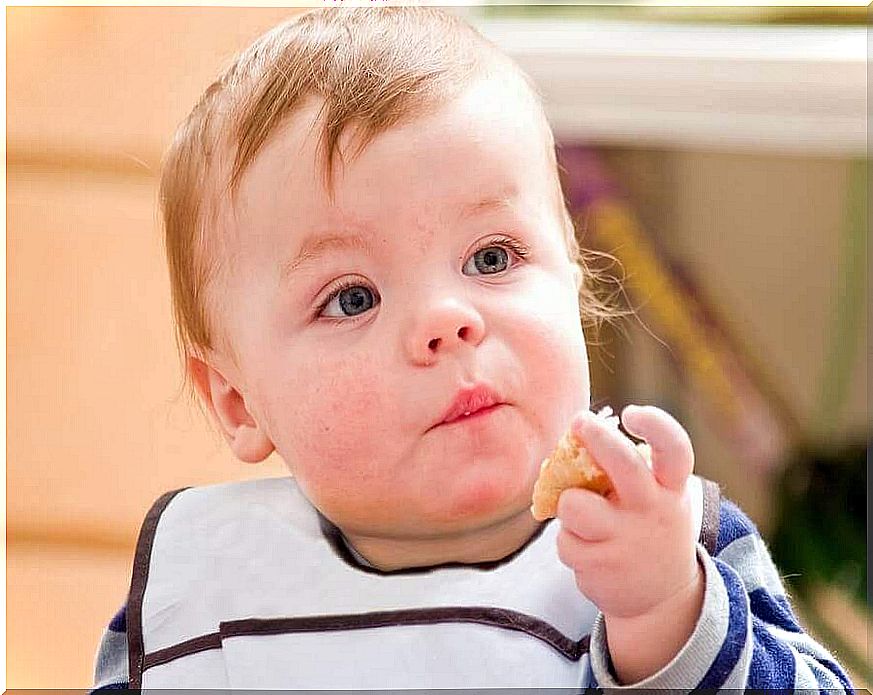
what we shouldn’t give
You can give your baby any healthy food, but there are some foods and supplements that are not recommended. For example:
- Salt, honey and sugar are not recommended ingredients as a baby’s kidneys are too small to assimilate them.
- Green leafy vegetables, such as Swiss chard and spinach, have high levels of nitrites. Therefore, not recommended for children under one year of age.
- Processed meals, rice drinks, seaweed, seafood and large fish. These foods do not provide optimal nutritional values for the baby’s development.
In case of allergies to a particular food, you should let the baby rest for a few days and resume the technique again without that food. Avoid offering whole nuts, as there is a risk of suffocation. So, the ideal is to crush or crush them.
Finally, add new ingredients gradually. Encouraging and motivating them with love and patience is the key to this technique’s success. Baby-led weaning can become an art in its application. It all depends on the creativity and imagination of each mother and father.
